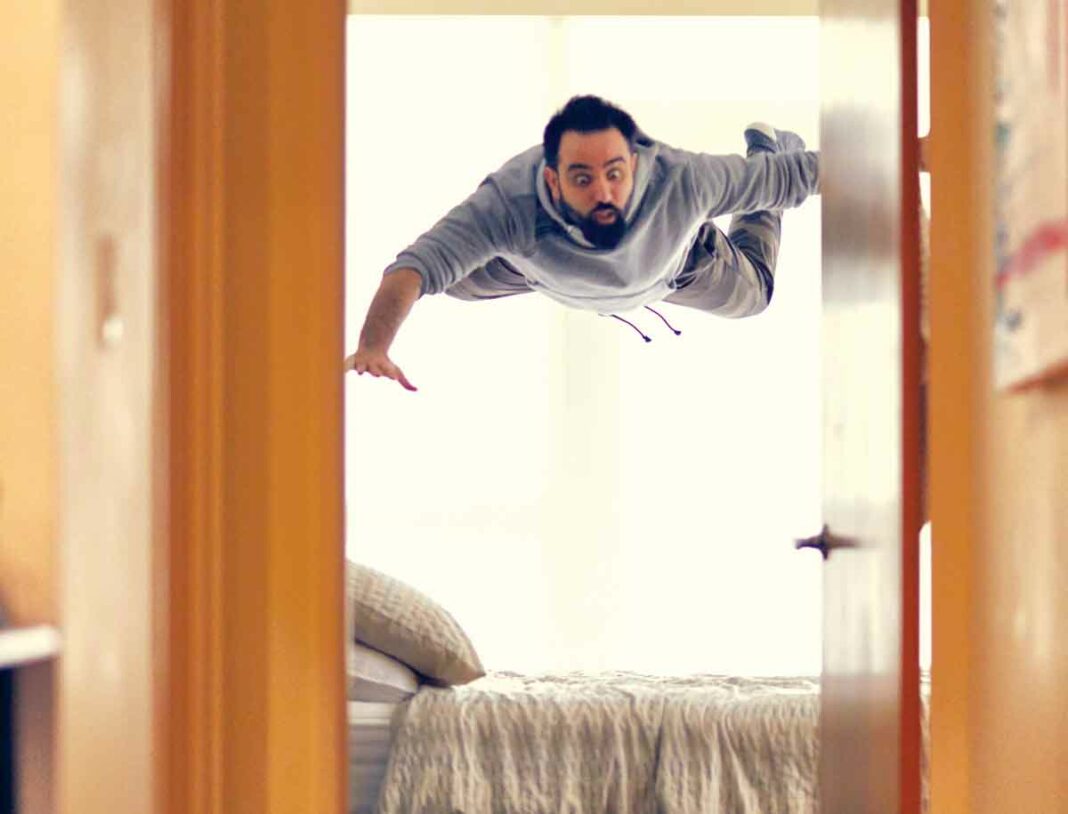One positive side effect of the waking nightmare of the past 12 months is a renewed interest in one of the pillars of self-care—sleep.
Besides the myriad health benefits of sleep for both pandemic-burdened psyches and the bodies that contain them—not to mention the cottage industry of books that have piled on nightstands the world over—is a corollary uptick in the interest in our dreams.
Recent research breakthroughs have confirmed what many have intuited all along—that dreams are not merely hallucinatory episodes of Freudian wish-fulfillment. Indeed, sometimes a dream is just a dream and if it’s not a dream then it’s most likely “overnight therapy,” suggests UC Berkeley neuroscientist and psychologist Matthew Walker, Ph.D.
In his New York Times bestselling book, Why We Sleep: Unlocking the Power of Sleep and Dreams, Walker makes the case that dreams experienced during REM-sleep are a kind of psychotherapy. Dreams help the dreamer remember the details of salient events and aid in integrating them into their own autobiographical context. They may also help us forget the painful emotions that might be associated with those memories.
“If true,” writes Walker, “it would suggest that the dream state supports a form of introspective life review, to therapeutic ends.” Besides the possible therapeutic benefits of dreaming, there is also the sheer entertainment value, particularly when dreaming becomes lucid.
In a lucid dream, the dreamer becomes aware that they are dreaming and is then able to direct the content of the dream. Through a variety of techniques, a dreamer can learn how to do this consistently. In Netflix’s current hit series Behind Her Eyes, characters practice counting their fingers throughout the day until the habit carries over into their dreams. When, say, an 11th finger appears while they’re counting their digits while asleep, they know they’re dreaming and can seize control of their dream’s narrative.
When I first learned how to do this during my adolescence—inspired, no doubt, by the early-’80s Dennis Quaid thriller Dreamscape—I used the newfound superpower for a variety of useless shenanigans. Now, however, I’m trying to regain the ability so that I might get some additional writing done, albeit unconsciously, to expedite my creative production. This has actually worked in varying degrees, provided A) I remember what I “wrote” and B) it’s not merely a smorgasbord of the aforementioned Freudian wish-fulfillment. I mean, do we really need another superhero franchise?
The International Journal of Dream Research recently published “An effective lucid dreaming method by inducing hypnopompic hallucinations” by researcher Michael Raduga of Moscow’s Phase Research Center. You’ll be forgiven, if like me, “hypnopompic” sounded like a new music genre. It’s actually the state of consciousness we experience while waking up (on the flipside, a “hypnagogic” is what we experience at the onset of sleep). Among other notions, Raduga’s paper explores how to induce lucid dreams while in this state.
The means used to induce lucid dreaming include “rehearsing dreams, visualizing becoming lucid, intention, autosuggestion, and reality testing.” Given the past year, I think reality-testing should be practiced at least a few times a day. And when you count the 11th finger, please point the way to a better world. After all, you may say I’m a lucid dreamer, but I’m not the only one.








